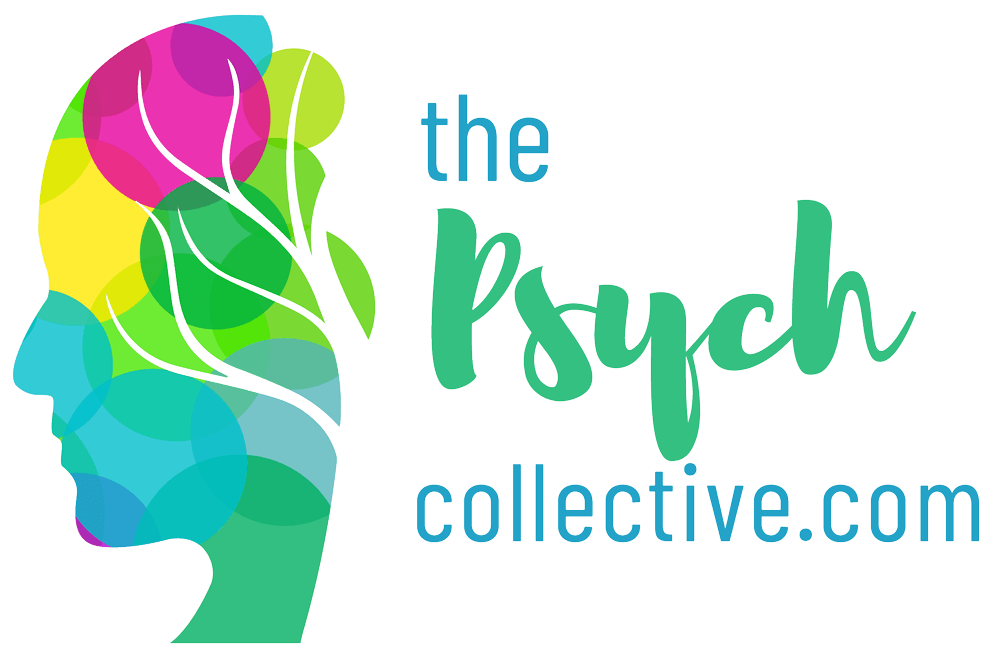PTSD from cumulative trauma in the services
Understanding cumulative trauma & PTSD in traumatic workplaces
What’s traumatic for one person is not traumatic for another: Whether we are traumatised depends on whether one is vulnerable to traumatisation from a potentially traumatic event.
In some occupations such as police, emergency services and the military, exposure to potentially traumatising events is part of the job. But SOME people can do these jobs for decades without suffering the effects of traumatisation. The notion we present is that traumatic events accumulate behind a wall of resilience. The wall of resilience has hidden cracks. Those cracks are our hidden vulnerabilities. Events which traumatise us get through these cracks.
What traumatises us depends upon our innate resilience and our unique vulnerabilities, that's why a given event will traumatise one person, but not another.
As we accumulate trauma, a “pressure” accumulates which increases our sense of tension and makes us more irritable and fragile - until something smashes our wall of resilience. When the wall is smashed, we are no longer resilient and are overwhelmed with symptoms of traumatisation. With that loss of resilience comes a painful loss of identity which accompanies the flood of PTSD symptoms.
The wall cannot be easily rebuilt.
Overcoming trauma entails skills to deal with the distressing PTSD symptoms. Then these skills can be utilised to face and “process” the trauma, to resolve it. Resolving the trauma entails figuring out what made us vulnerable to traumatisation and addressing that vulnerability so we can’t be traumatised that way again.
Steps to resolving traumatisation:
1. Understanding exactly what happened. This entails fully recalling and unjumbling a trauma memory. This requires distress management skills and courage. It’s usually done by recounting the trauma narrative repeatedly until all the details emerge and make sense.
2. Once one completely recalls what happened, one can then understand the meaning of what happened. The event will be complex there will be elements within the event. Each element has meanings. Types of meaning include: External factors like randomness, malevolence, neglect (eg incompetence) and negligence. And Internal factors (vulnerabilities) like self-neglect (eg naivety), self-negligence (eg recklessness) and moral injury (action or inaction against one’s moral values). Usually there are both external factors and internal factors at play in PTSD. Everyone puts the emphasis on the external factors, but these are mostly unchangeable, and little is to be gained from focussing on these. Indeed, denial about the nature of external factors keeps people stuck (“It shouldn’t be like that…”, “they shouldn’t be able to…”, etc. is mostly pointless). Hence the need to accept the reality: “I can’t change that people like that exist, but I can act in a way that means I can see the danger and act wisely to preserve myself”. The internal factors are critical to address. People do not like to even endorse the internal factors that led to their traumatisation. A common protestation is “are you saying it’s my fault?”. To which the answer is: “no, but being traumatised is your problem and you need to address the bits you can address, otherwise you will stay stuck and remain vulnerable”. Denying one’s role in the trauma keeps people stuck. If one was naïve, one needs to understand how they were naïve (eg too trusting “they would never”). If one recklessly put oneself in a dangerous situation this need to be acknowledged (too confident “I can handle it”). Figure out the meanings and vulnerabilities, so you can address them.
3. Having understood the meaning one can then understand why one was vulnerable to that trauma. Your hidden vulnerability needs to be addressed, that’s why the memory screams at you. It’s like your body “knows” you are still vulnerable, hence you are unsafe until you have addressed the vulnerability. It like your body doesn’t trust you anymore so it’s on high alert in case you find yourself in the same situation again. Understanding the hidden vulnerability is learning the lesson of the trauma and patching our vulnerability is how to silence the alarm that is PTSD. Patching the vulnerability: If recklessness was a factor, then that must be addressed. If being too trusting was a factor, that must be addressed. If being obedient was a factor, then that must be addressed. If thinking you’re invincible was a factor, then that must be addressed. Addressing the trauma means understanding ones vulnerability in high resolution, it means being on the lookout for a situation where that vulnerability may trip you up and most critically acting in a manner that would mean you are no longer vulnerable. It means acting differently in the face of the danger. It doesn’t mean hiding away from the danger. Hiding away keeps people “safe” but it also keeps them sacred. Addressing the vulnerability that caused the trauma event to be traumatising is the way forward.
Share
Categories
About Our Resources
We offer actionable resources and teach real skills to help people make meaningful change in managing mental health issues through different modes depending on people's learning preferences including infographics, text, worksheets, handouts and video.












